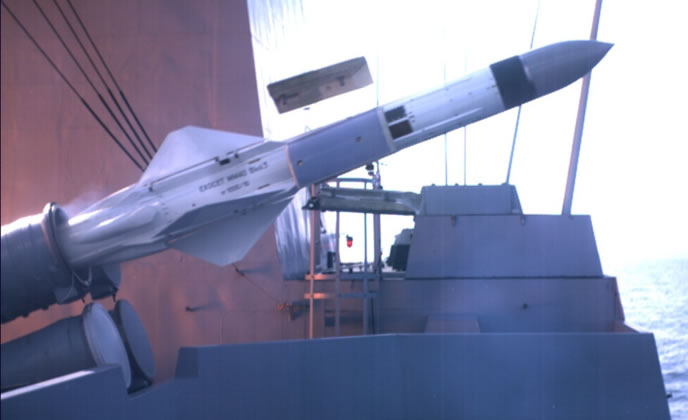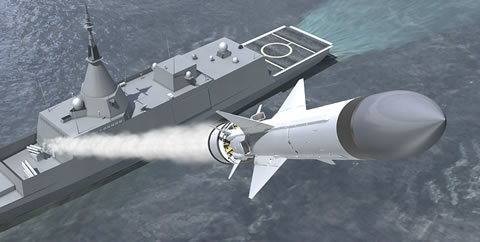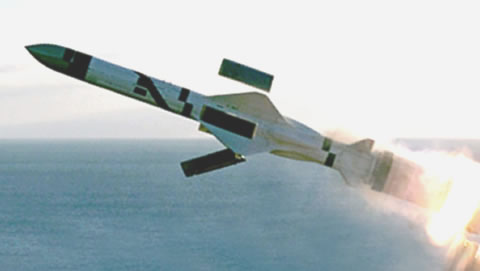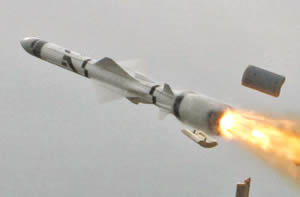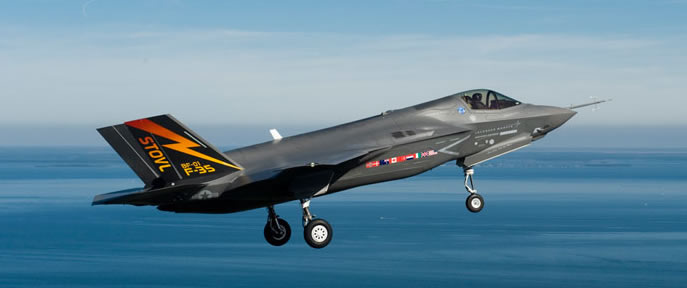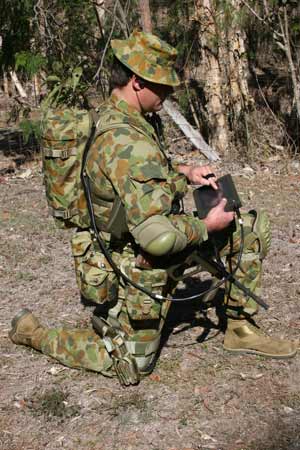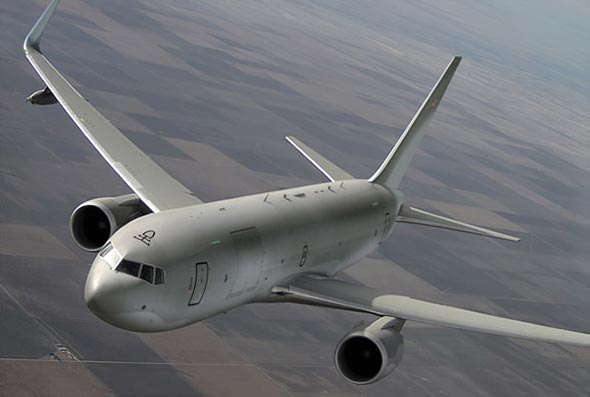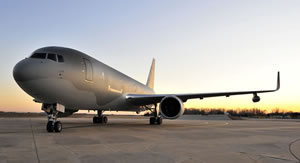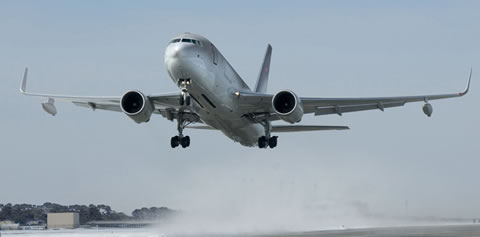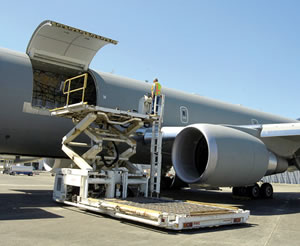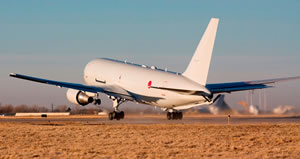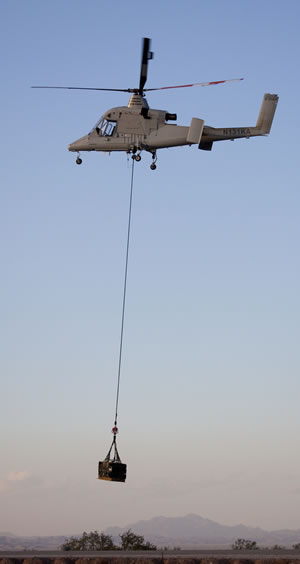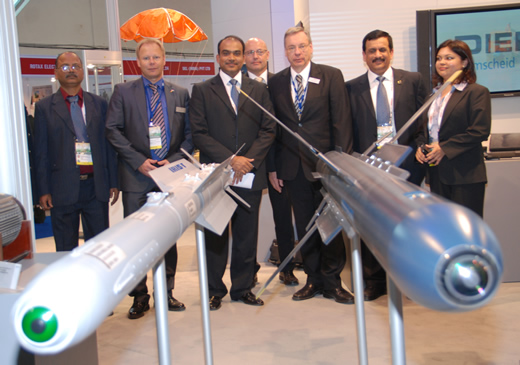The British Ministry of Defence has selected the UK division of General Dynamics (GDUK) to provide the Future Rapid Effect System (FRES) Scout Vehicles, as a first phase of the £4 billion (about $6.08 billion) land forces modernization program. GDLS proposed the ASCOD Scout Vehicle, based on the ASCOD 2, designed under an Austrian-Spanish cooperation. The losing bidder, BAE Systems proposed the Swedish designed CV90 vehicle.
GD UK asshured that 80% of the vehicles destined for the British Army will be produced in the U.K., in existing sites GDUK plans to operate, engaging over 10,600 employees in production and support of the new program. Full rate production of the vehicles will be transferred to Defence Support Group (DSG) in Donnington, Hampshire. General Dynamics UK has sub-contracted Lockheed Martin UK INSYS to produce the turret of the Scout variant of ASCOD SV.
The MOD plans to acquire 270 scout vehicles of the FRES SV category. British MOD plans to buy three ‘blocks’ of ‘reconnaissance and support vehicles’ totaling 580 vehicles, plus one block of Medium Armor and Maneuver Support vehicles. In total up to 1,300 could be required over the lifespan of the program. The first vehicles are expected to enter service in about 2015, to replace the older Scimitars and Spartans.

“Preferred bidder status has been awarded to General Dynamics UK for the demonstration phase of the specialist vehicle program, subject to successful completion of contractual negotiations,” Britain’s defence secretary Bob Ainsworth said in a statement. The award does not ensure the full contract is within GD’s hands, since the company has already selected as the preferred bidder for the ‘Utility Vehicle’ – the
previous segment of the program (FRES UV), but was withdrawn six months later, after failing to come to terms with the ministry on the commercial terms of the program.
Lockheed Martin UK will integrate the CTA 40mm Case Telescopic Weapon System to be used on the vehicle. The vehicle is powered by an MTU 600 kW 8V engine coupled to a Renk 256B transmission. Suspension is of the torsion bar and trailing arm type with seven dual rubber-tired road wheels either side, drive sprocket at the front, idler at the rear and three track-return rollers. Gross vehicle weight is about 34 tons. The drive train supports weight growth potential up to 42 tonnes, enabling the British Army to add more armor and systems to sustain growing requirements and increasing threats to be encountered over the vehicle’s expected 30 year life, without the need to upgrade its engine or transmission during that time.
General Dynamics UK has sub-contracted Lockheed Martin UK INSYS to produce the turret of the Scout variant of ASCOD SV, and will transfer full rate production of the entire ASCOD SV programme to.

Based on a common chasis, FRES SV family of tracked vehicles will comprise four types of vehicles – armored personnel carrier, command vehicle, armored scount and an Medium Armor and Maneuver Support vehicle – all are depicted in this ‘family photo’, provided by GD UK.



